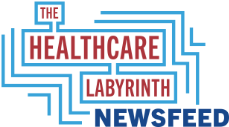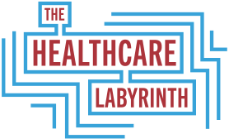
August 14, 2024
Politico Raises Issue Of CMS Premium Stabilization Demonstration For Medicare Part D PDPs The mainstream media is finally covering the potential October Surprise for Democrats. There are possible huge increases in standalone Medicare Part D (PDP) premiums due to the transfer of costs to plans from the government and member out-of-pocket cost reductions in the Inflation Reduction Act (IRA). The Politico article lays it out well. The Centers for Medicare and Medicaid Servies (CMS) created a last-minute demonstration to blunt the impacts and the GOP is accusing Democrats of using the U.S. Treasury for political purposes. I continue to doubt that CMS has the authority to do this. It usurps Congress’ control. I raised this issue in two blogs several weeks ago (July 24 and July 25) here: https://www.healthcarelabyrinth.com/will-democrats-be-victim-of-an-october-surprise-of-their-own-making/ and https://www.healthcarelabyrinth.com/part-d-premium-woes-due-to-the-inflation-reduction-act/ . In addition to the PDP premium hikes, Medicare Advantage (MA) plans are expected to have benefit cuts for







